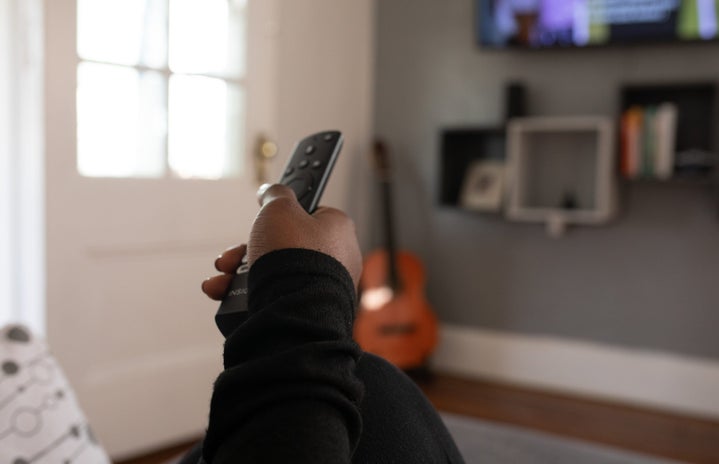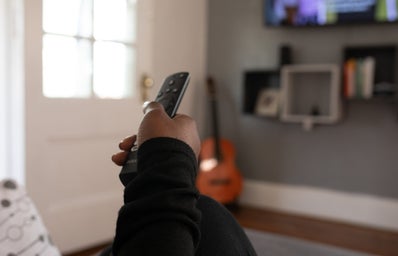Zombie apocalypse games have been done countless times before, as have their film and TV adaptations. Before watching The Last of Us, a series directed by Craig Mazin and Neil Druckmann, I assumed the same old narrative would play out: a viral infection turns the majority of the human population into zombies, the apocalypse hits, and the grizzled male hero saves the world through violence and brute strength. Though the premise is similar, The Last of Us sets itself apart from its predecessors in an unprecedented way.
Ellie (Bella Ramsay), an orphaned teenager, is put under the protection of Joel (Pedro Pascal), a father still processing the grief of losing his daughter, who has been assigned to smuggle her across what remains of the US. The 2013 Naughty Dog video game is distinct from other survival games in that it often avoids action, choosing instead to create tension from conversations. As the lively Ellie pesters Joel with questions about the pre-apocalyptic world and puns that she reels off to try and crack his stern expression, the clock continues to tick outside their delusions of calm, and anxiety increases.
These moments of intimacy are again what set The Last of Us apart from other apocalypse narratives. The series spends a lot of time capturing the beauty of the ravaged world through the eyes of its characters. Episode 3 does a particularly good job at this; the story follows Bill and Frank, a couple that survived for twenty years by fortifying their home and living in isolation from the outside world. In just a few scenes, the entire span of their relationship is beautifully captured. Together they dine, talk, survive, and grow old. It is a love story within a context that could otherwise have focused on senseless fighting and gore. The episode ends with a shot of their open bedroom window; without spoiling anything, the soft light turning the curtains opaque both highlights the world of loss that they inhabit and makes you forget about it for a quiet moment.
The tenderness with which the characters treat each other in The Last of Us uses what many apocalyptic films and shows lack to its advantage: relationships to root for. This is utilized throughout the series but so far is most notably explored in episode 3, when Bill confides in Frank his fear of death due to having someone to love and protect. Similarly, the small details such as ‘Long, Long Time’ by Linda Ronstadt playing as the episode closes – playing songs with voices from a past time – emphasizes the traces of humanity that refuse to be left behind. Ironically, the show is less about the apocalypse and more about human relationships – about being human in a world swarming with zombies.
Druckmann and Straley cite Cormac McCarthy’s novel ‘The Road’ as an influence for the game. Perhaps the premise is a bit cliché in some respects – we have already seen the trope of the hardened father who lost a child, only to gain an adoptive one, in the likes of Hopper from Stranger Things. But overall, the show redeems itself from such minuscule critiques, and the fact that a small queer girl could be the hero of the apocalypse is an exciting deviance from the overused, hyper-masculine protagonist that we are used to.
Written by: Uta Tsukada-Bright
Edited by: Maria Rodriguez

